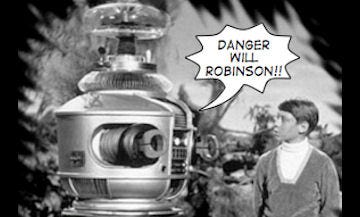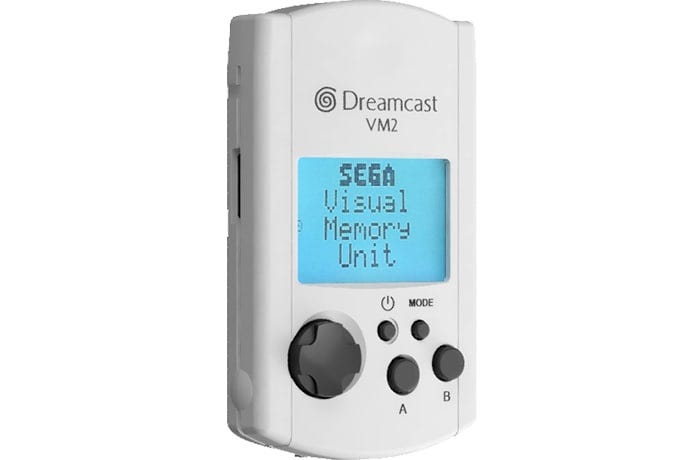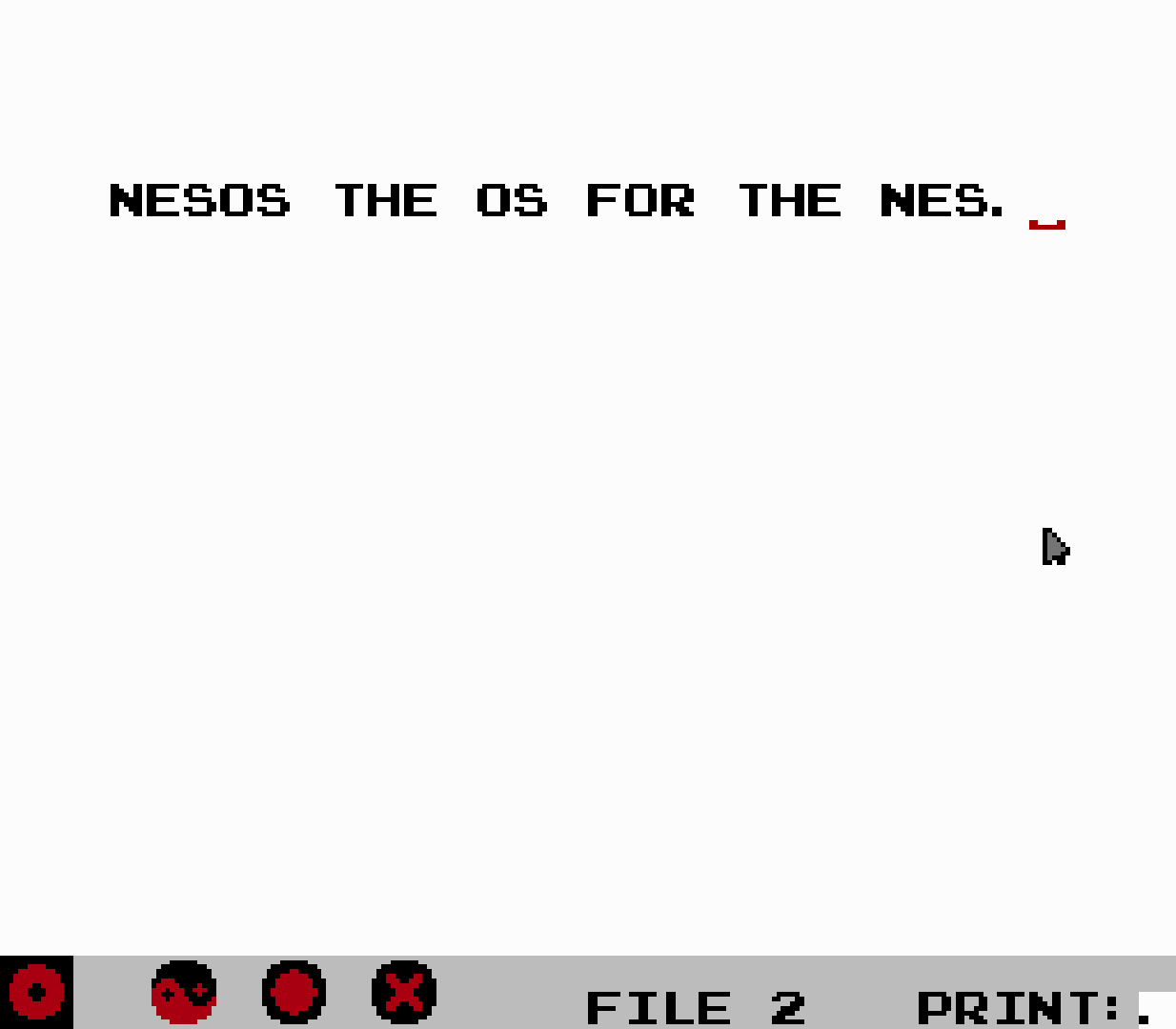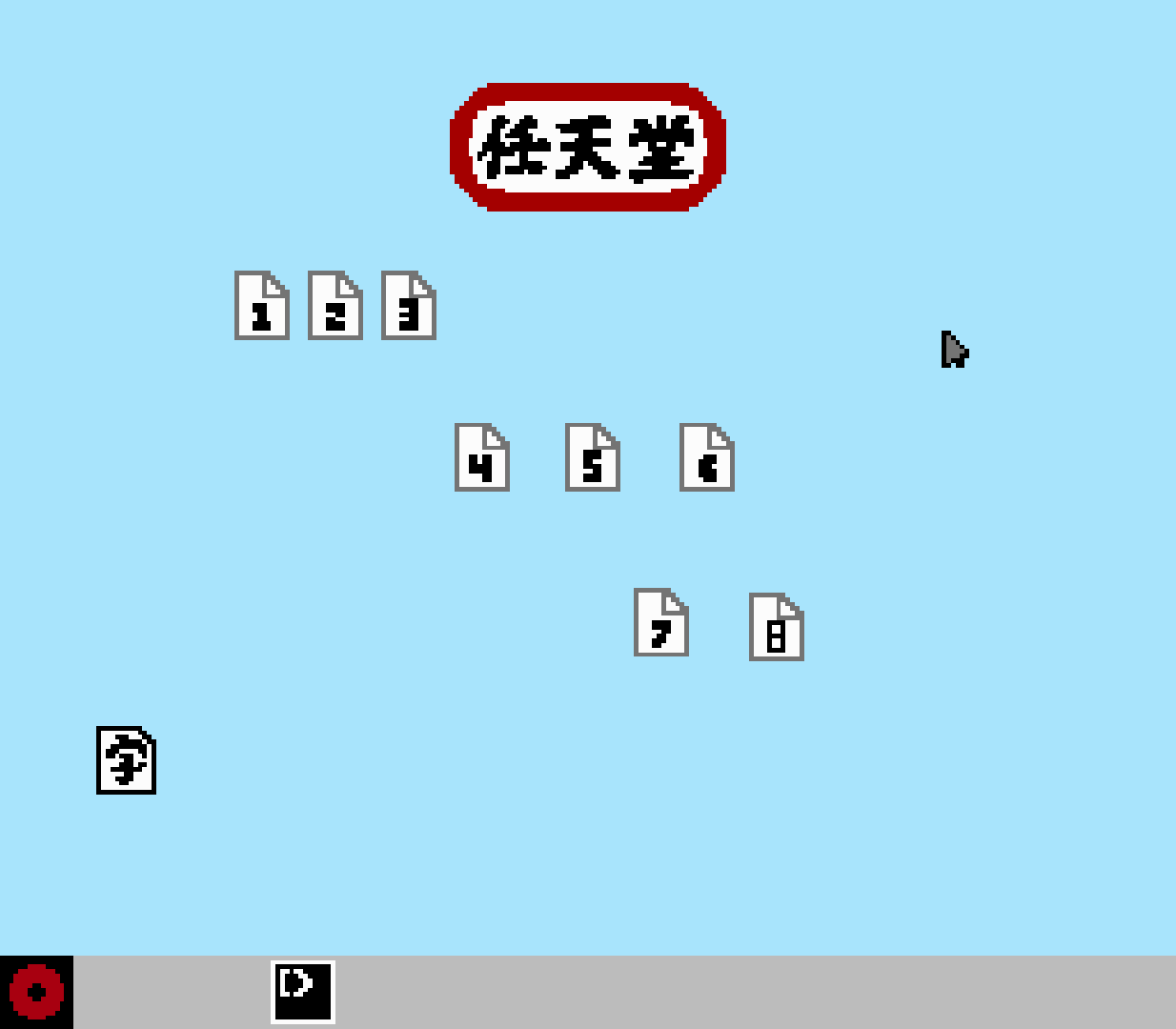It’s Sunday! Which means it’s time for some Linux, Alternative OS, & Retro Computing news!
You know… the important stuff.
The podcast & the article! All in one spot! Huzzah!
GNU toolchain hosting moving to… Linux Foundation
It appears that the GNU toolchain projects — which includes GCC, Make and glibc — are preparing to move their hosting entirely to… The Linux Foundation.
Seriously.
From the announcement:
“During the Sourceware / Infrastructure BoF sessions at GNU Cauldron, the GNU Toolchain community in collaboration with the Linux Foundation and OpenSSF, announced the GNU Toolchain Infrastructure project (GTI). The collaboration includes a fund for infrastructure and software supply chain security, which will allow us to utilize the respected Linux Foundation IT (LF IT) services that host kernel.org and to fund other important projects.”
This will definitely not end badly. *cough*
VM2 - a modern VMU for the Sega Dreamcast!
A new project to create a modern, updated memory unit for the Sega Dreamcast has raised almost 150 thousand dollars over on Idiegogo. And, I gotta say, it looks kinda awesome.
“The VM2 project aims in the total reproduction and upgrade of the original VMU for our beloved Dreamcast. The VMU was one of the greatest console's assets, but with many design flaws. Now, with the VM2, all of these flaws are eliminated giving the user an experience that truly feels like next-gen! Internally, the VM2 received a totally fresh design with modern electronics. Externally, it is upgraded and at the same time keeps the original looks & feels, as a tribute to the original VMU.
Features & Upgrades
New monochrome backlit LCD
Higher screen resolution
Micro-SD storage
Internal storage of 128KB (200 blocks)
Embedded High-capacity battery
USB-C port (for charging & connecting to a PC)
Original Audio support
DreamEye support
Original language support (EN/JP)
LCD game images streaming to PC
Charging from both the controller, and the USB-C port
Support for VM2-to-VM2 connection (with future firmware update)”
NES-OS… an OS. For the NES.
There is a new OS — albeit a limited one — for the Nintendo Entertainment System: NES-OS.
“NESOS is an operating system designed for the Nintendo Entertainment and Family Computer Systems. The operating system features two core applications, the word processor, and the settings. The word processor allows users to print characters and certain blocks to the screen, then save that data in the form of a file for later use or editing. The settings app displays system information and lets the user select one of seven cursors, and one of 53 possible desktop background colors. It also acts as the file manager, allowing users to delete their saved files.”
It’s limited. Highly limited. Only able to save 8 files (of up to 2k each). But, still. Super cool that it was done at all.
Fun side note: This is not the first project called “NES-OS”. There was another one created 6 yeas ago, which you can find on Git Hub, which took a completely different approach. That one consisting of a design for a PS/2 hardware interface (so a keyboard could be connected to the NES), a command line, a BrainF interpreter, and two sample games (Life and Snake)
Fedora shipping without some codecs
Fedora 37 has disabled GPU support for some media codecs (such as H.264) due to legal concerns.
This has caused many to be quite annoyed — understandably — because not having support for some popular codecs is inconvenient.
That said… this is not exactly unprecedented.
In fact… this is the very reason that Linux Mint exists at all. Mint was created for the sole purpose of having some media codecs preinstalled… codecs that Ubuntu did not feel like they could legally distribute in many countries at the time. There was, quite literally, no other reason for Mint existing in those early days.
Likewise, openSUSE (which I used to be on the Board for) also opted to not distribute many such “legally dubious” media codecs — such as MP3 — back in those days. Resulting in multiple openSUSE based distros that added the codecs in.
System76 ditching GTK for new POP!_OS desktop
It appears that System76, the company behind the Pop!_OS Linux distribution, is working to ditch GTK for their upcoming “Cosmic” desktop environment. Instead opting to use the, Rust based, Iced framework.
According to one of the developers:
“After much deliberation and experimentation over the last year, the engineering team has decided to use Iced instead of GTK.
Iced is a native Rust GUI toolkit that's made enough progress lately to become viable for use in COSMIC. Various COSMIC applets have already been written in both GTK and Iced for comparison. The latest development versions of Iced have an API that's very flexible, expressive, and intuitive compared to GTK. It feels very natural in Rust, and anyone familiar with Elm will appreciate its design.
COSMIC Settings will be developed in tandem with, and from, this toolkit.”
It remains to be seen how this will turn out. I have many questions and thoughts:
How will this affect GTK apps running on Pop!_OS?
From looking at the screenshots, it’s hard to see a visual or usability reason for the change.
Is this another example of “let’s re-write it in Rust because Rust is a religion and it is blasphemy to not use Rust”?
Yet another GUI toolkit and desktop, eh? That sort of thing doesn’t have a great track record for working out for distro companies that try it.
More fragmentation in an already fragmented Linux GUI application ecosystem.
That said… I certainly appreciate when projects blaze their own trail. So… who knows! Could be great!
The Lunduke Journal Community — About the Lunduke Journal — Subscriber Perks
The Lunduke Journal Weekly Schedule:
Monday - Computer History
Tuesday - Computer & Linux Satire
Wednesday - Podcast (Subscriber Exclusive)
Thursday - Computer History (Subscriber Exclusive)
Friday - Wildcard day! Anything goes!
Saturday - Comics
Sunday - Linux, Alternative OS, & Retro Computer News


















Share this post